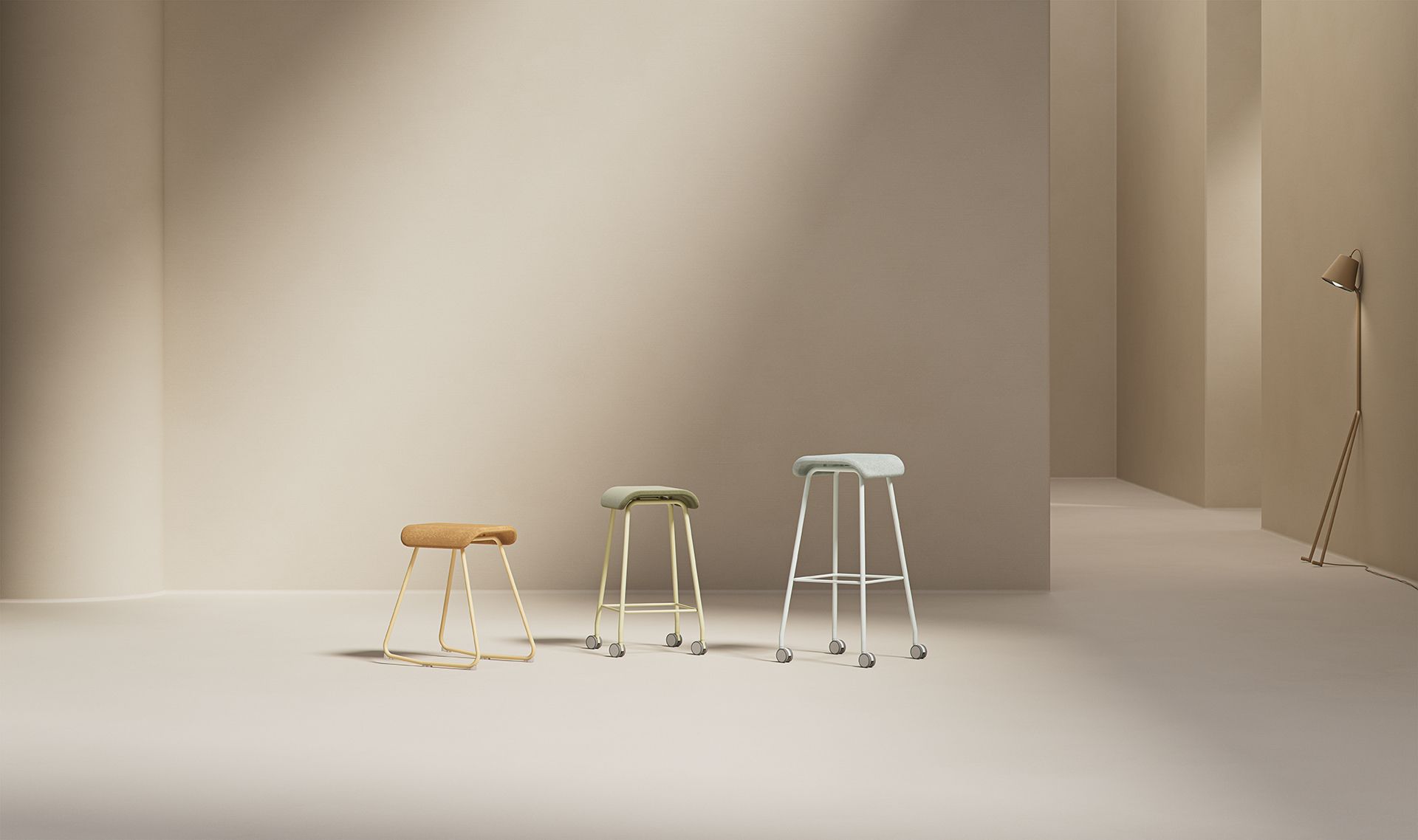Scoping out tomorrow’s workplace
When the pandemic hit in early 2020, many people switched to working remotely almost overnight. The traditional workplace is changing and we’ve had to rethink our idea of office space. EFG is looking at how, when and where we will be working in the future.
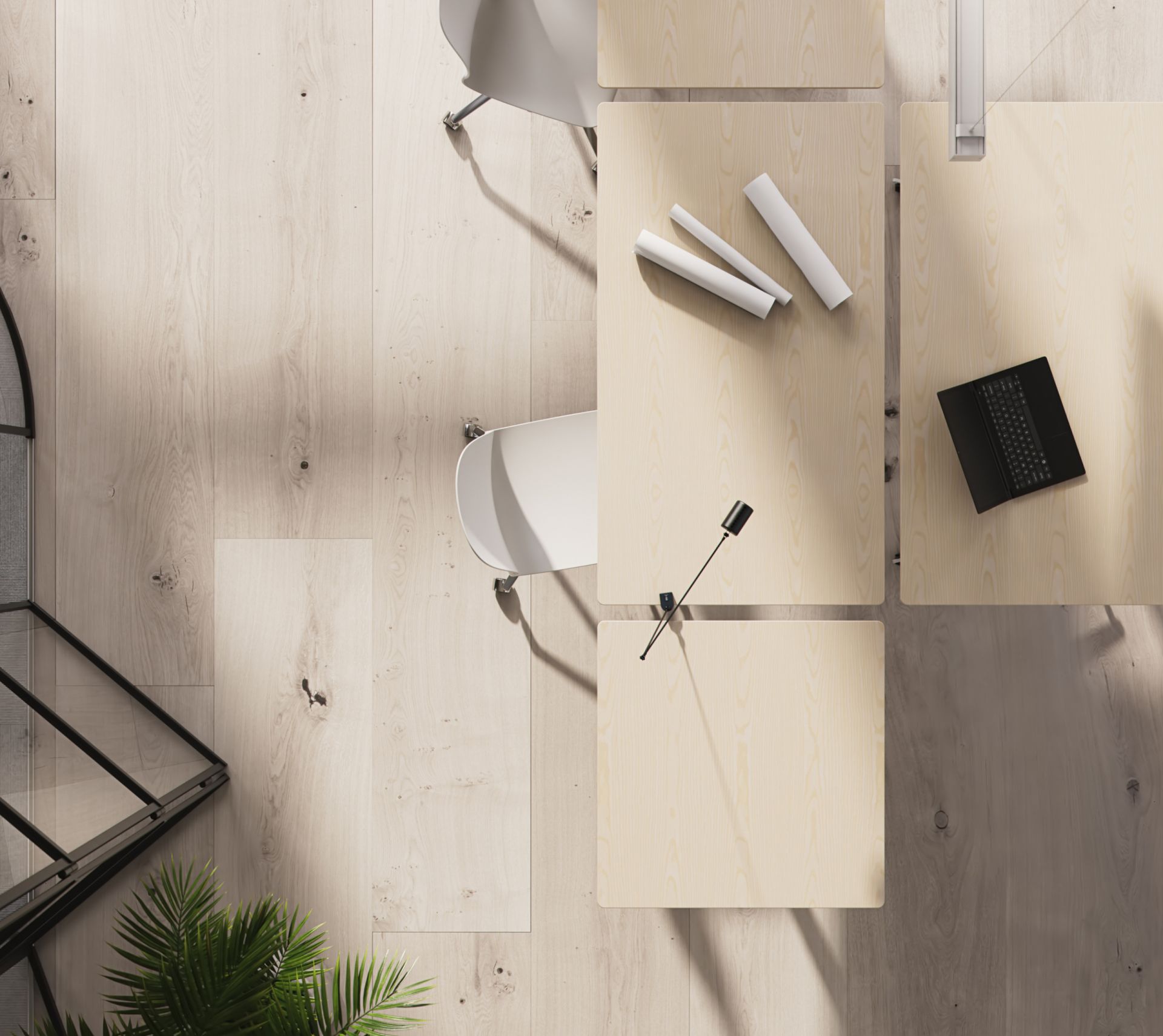
The comprehensive shift toward the home office has resulted in new perspectives and working methods. Working from home (WFH) is here to stay, at least in part, and designs for tomorrow’s offices are changing. Flexible work, the very latest in personalised workplaces and an increased focus on health are all central issues.
Flexible work during the pandemic
The pandemic has accelerated the rise of movable workspaces as manifested by home offices, pop-up workplaces and office hotels. Flexible working not only means working remotely, but also being able to decide for yourself when to work from your regular workplace and when to work elsewhere. This increasing mobility also shows up in the form of more flexible working hours. When we are no longer tied to a specific time or place, do we even need a fixed office space every day of the week, or does this flexibility instead contribute to new and more efficient ways of working?
Focusing on the individual
Offering personal workplaces based on our behavioural needs will continue to be important, despite rapid technological development. It will not be possible to replace or automate the human ability to feel empathy, to collaborate and invent in the offices of the future.
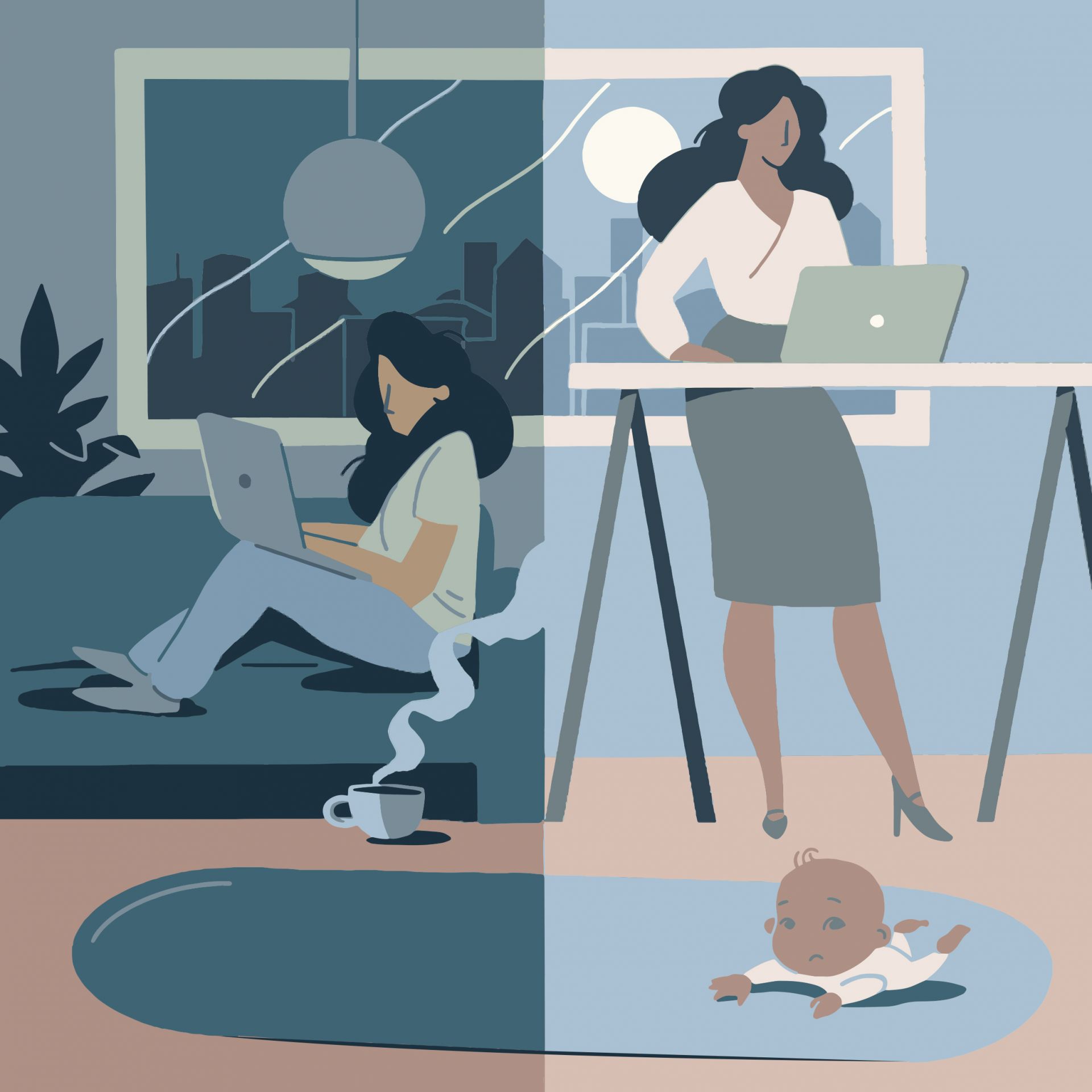
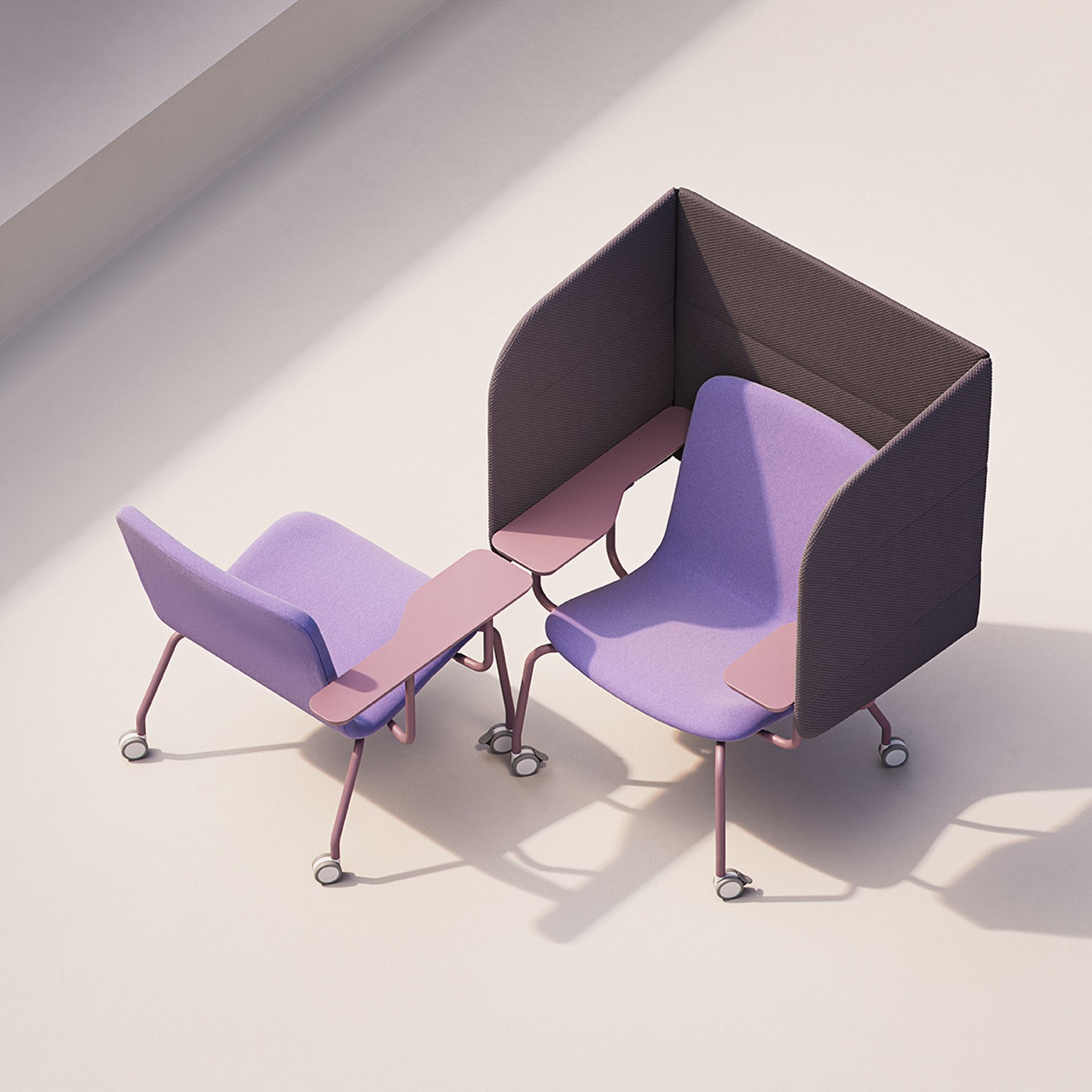
During the pandemic it also became clear that we work in different ways. Some people will prefer to go on working remotely, while others have a great need to socialise and want to be at the office. Some people prefer fixed work routines, while others prefer flexibility. Some people are more productive in the morning, and others in the afternoon. This means employers have to take greater account of differences and adapt both office design and working methods to suit individual needs. But how do we accommodate people who want a flexible workplace, and others who need structure and fixed office spaces? Most probably, companies will integrate their working methods into a corporate culture or profile themselves more distinctly to find employees with the same working philosophy.
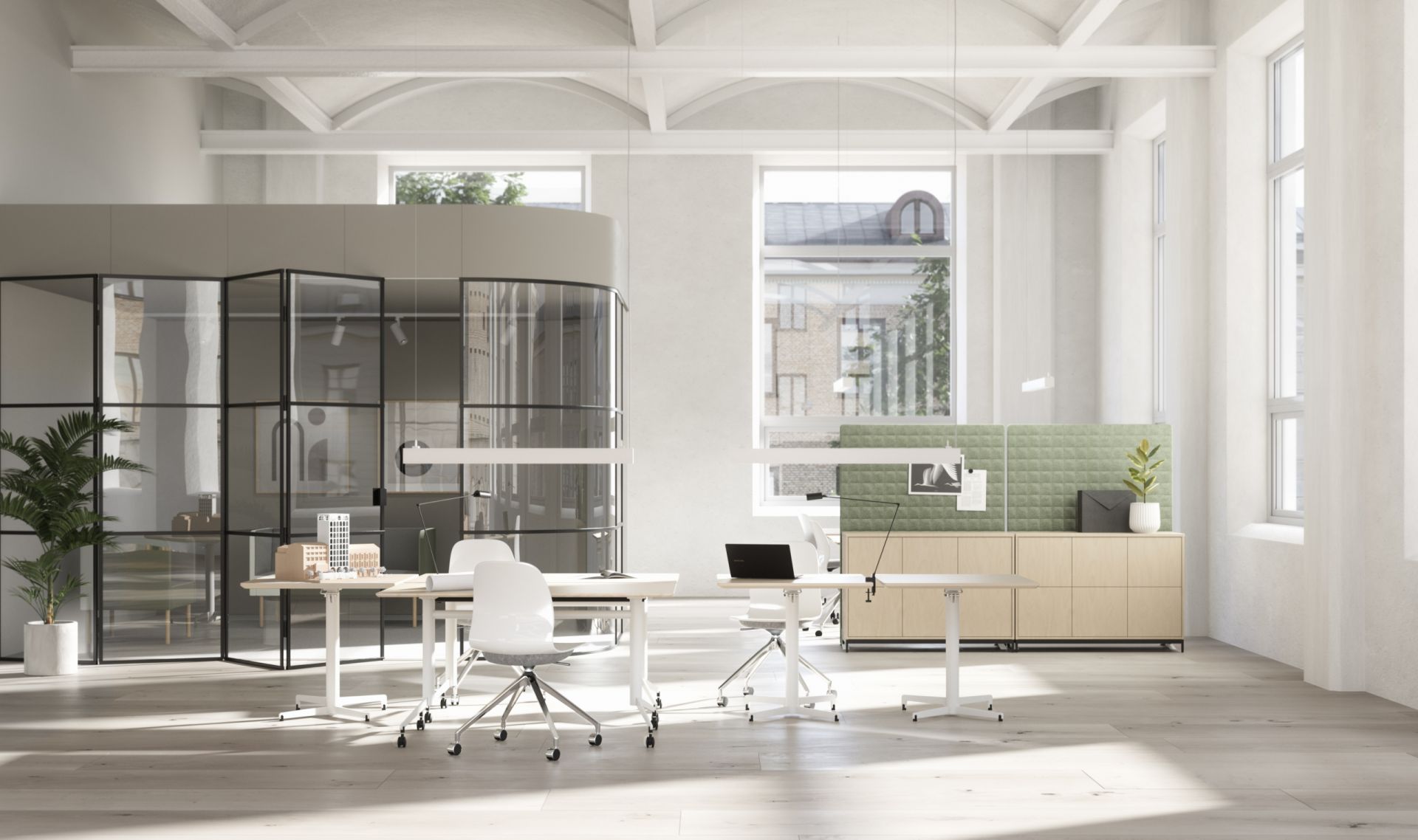
High demands on design
Because people not working remotely will demand more of an office’s furnishings and design, companies will have to offer attractive environments that encourage employees to stay, and attract new employees to join. It will be increasingly common for workplaces to have a strategic mix of different environments with both multi-purpose and dedicated spaces. There are also trends toward smaller, more carefully designed office premises. The design becomes part of the corporate culture and seeks to be perceived in a certain way, and give employees and visitors a positive experience in the physical office.
The office as a culture carrier and meeting place
Even if remote working continues, there will be a need to meet and be creative together. The office will be an important culture carrier and meeting place that conveys a sense of community and belonging. The design is based on collaboration, interaction and relationship building, which can be expressed in office hubs instead of lines of desks. In general, tomorrow’s offices will be characterised by inviting, comfortable group spaces for collaboration that support the need to work independently as well as in groups.
Ill health at work
Stress and ill health are a growing problem in working life, which was especially evident in 2020. In a Swedish Work Environment Authority survey, one third of respondents experienced work-related health problems such as fatigue and pain. The underlying causes were excessive workload, strenuous working postures, too much time spent sitting still and computer work. Similar results were seen in a study by the Institute for Employment Studies in the UK where more than one third stated they suffered neck and back pain, in this case because they had been working from home.
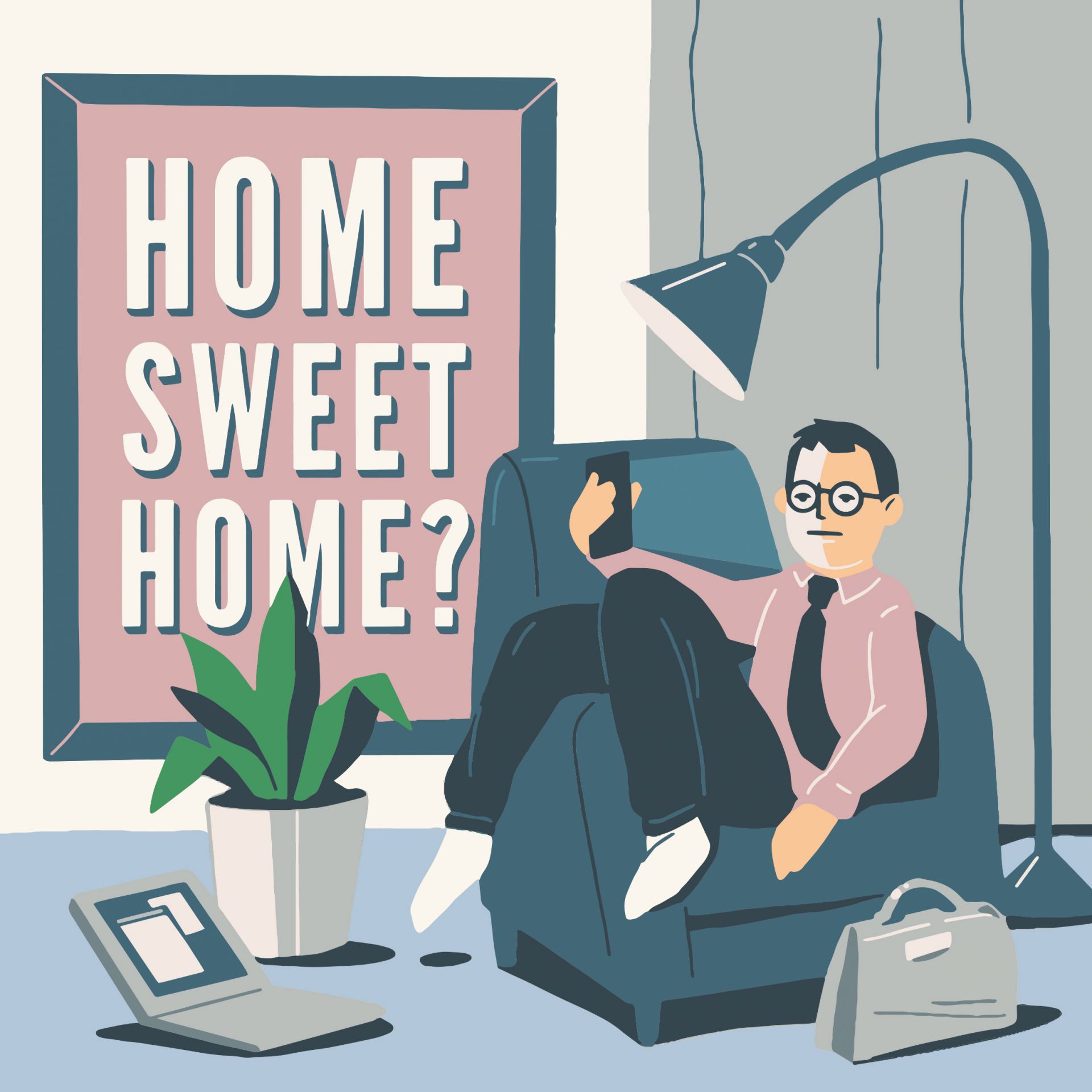
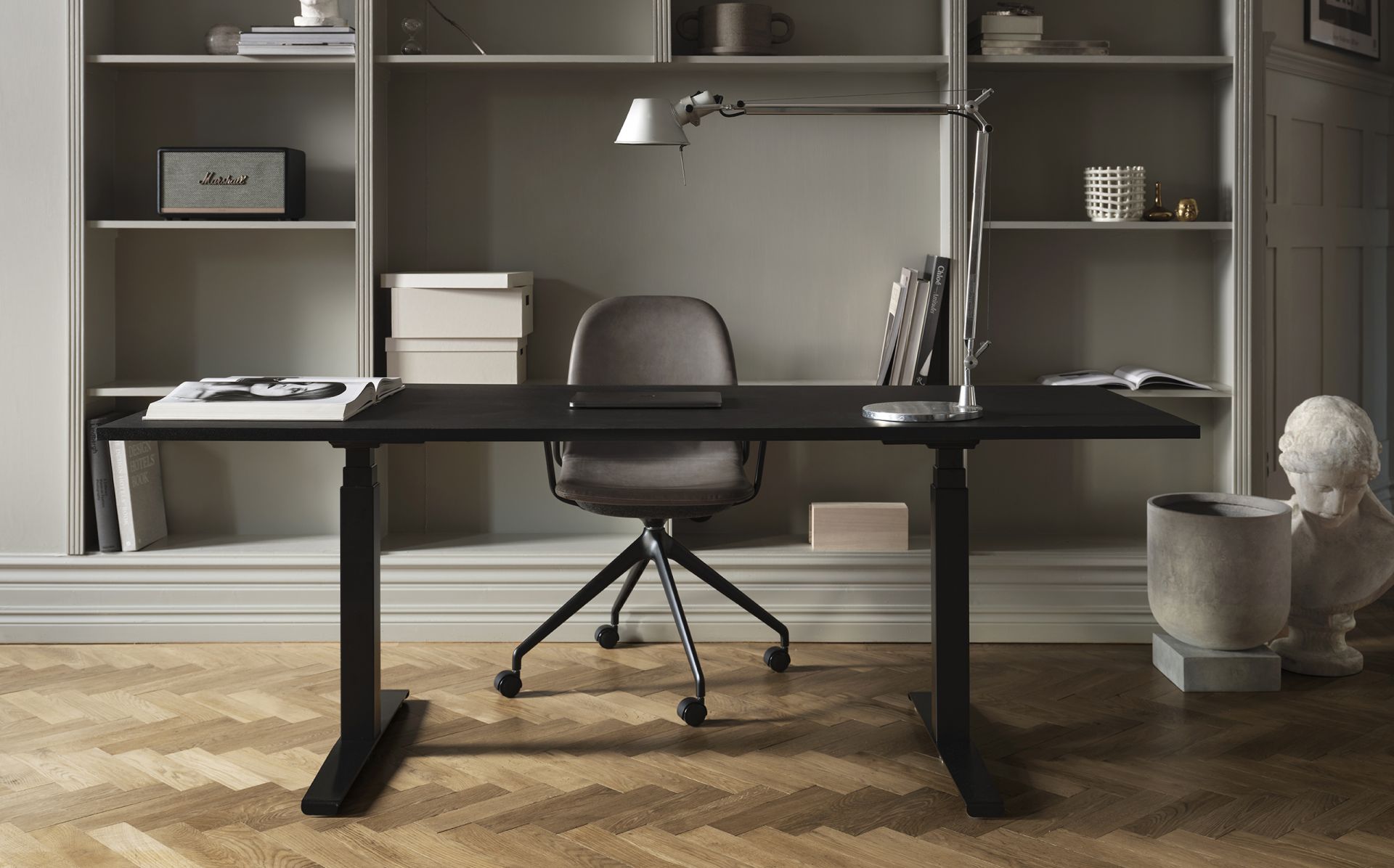
An office for body and soul
A study by the University of Tennessee in Chattanooga shows that a workspace’s disposition and design have an impact on all employees to some extent, and is greatest on people with a high degree of public attention and a need for an aesthetically pleasing workplace. The results also show that certain visual elements, such as natural light or colourful decorations, tended to increase the perceived aesthetics of a workspace. The study concluded that offices perceived as dull or insipid affect employees negatively in terms of job satisfaction and their attitude toward the company.
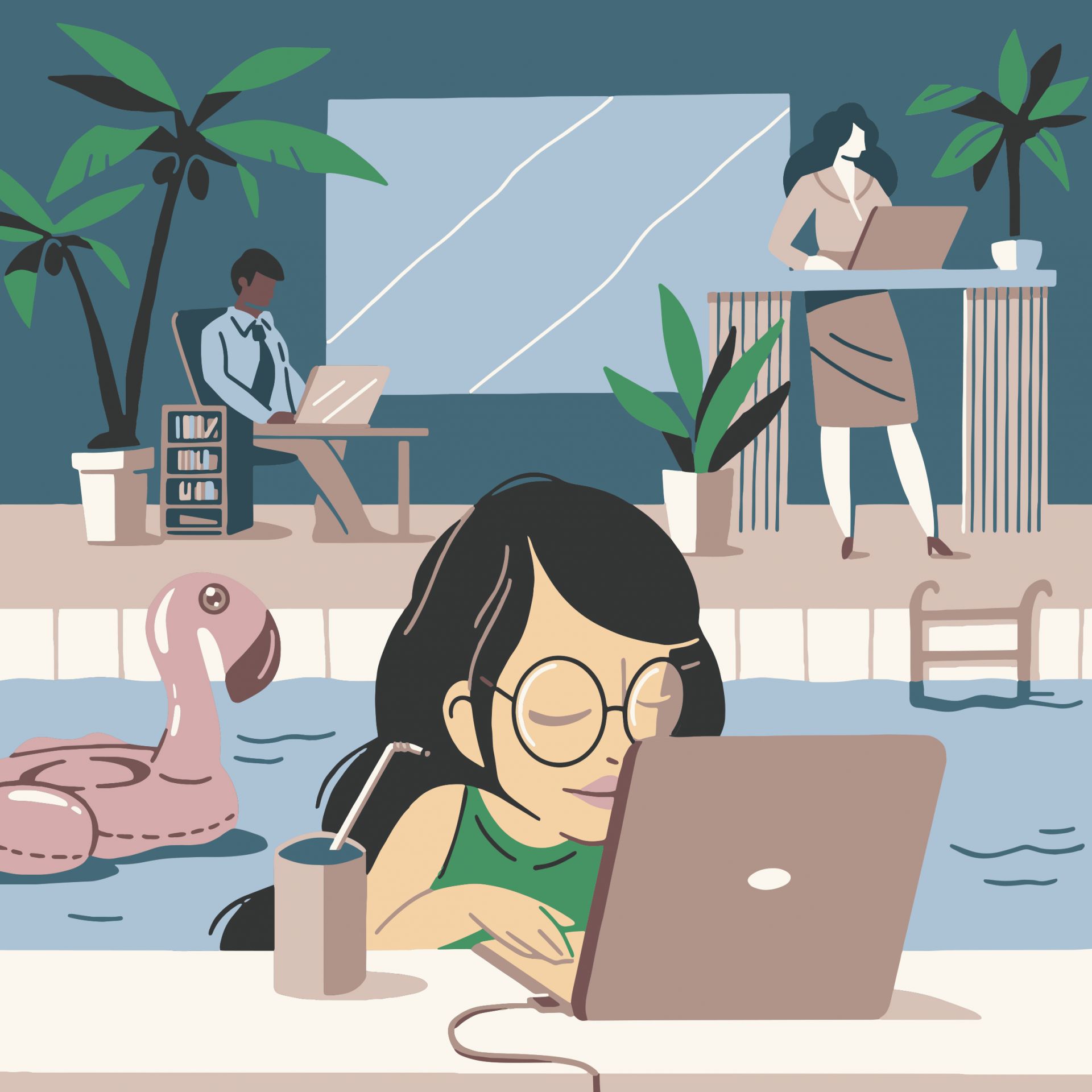
Another study conducted by KTH Royal Institute of Technology examined how architecture and design affect health, well-being and job satisfaction. They found perceptions differed between various types of offices, and that there was a link between increased health risks and dissatisfaction with the design of an office. But the aesthetic dimension did not just affect the way employees perceived the workplace and organisation as a whole, but also their perception of how practical the office was. Work environments that are cognitively under-stimulating or downright ugly may also lead to rising stress levels, according to research noted by the non-profit Association for Psychological Science.
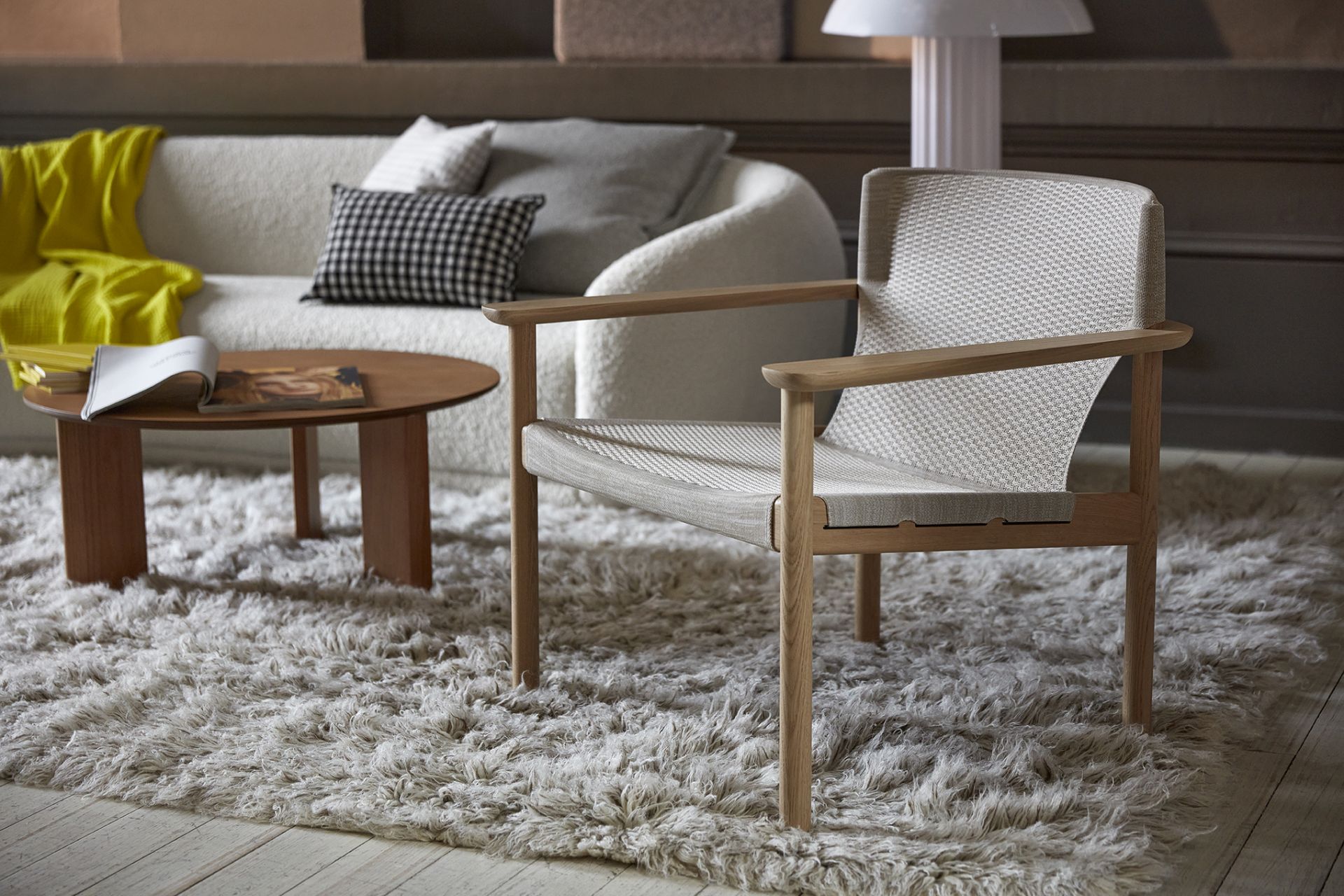
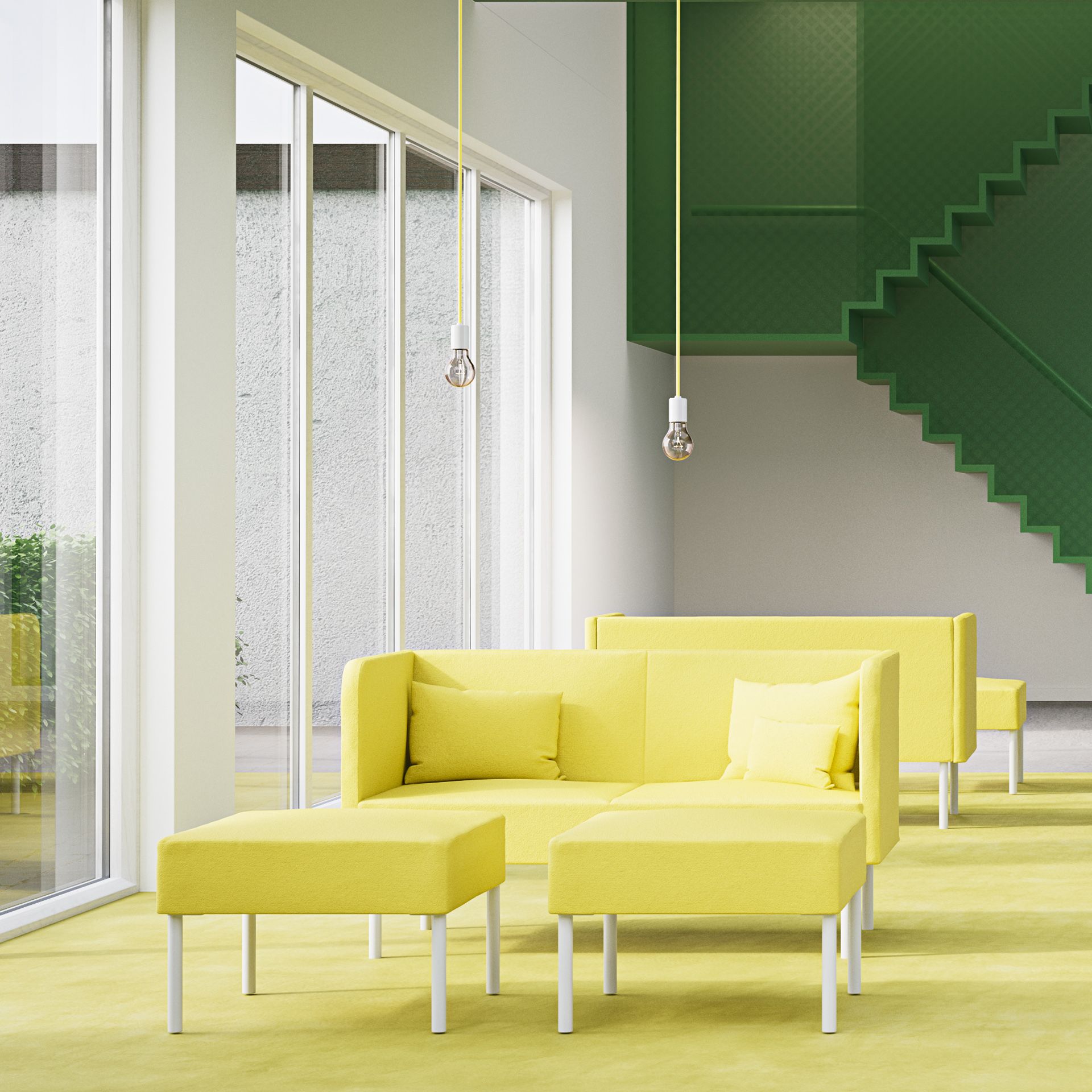
Surroundings have a great impact on our brains, and the way we perceive the workplace is important for both performance and job satisfaction, but it’s more than just the physical environment. Social and psychological dimensions should also be included by means of spaces for recovery, socialising and mental stimulation. A workplace can be customised by using furniture, like the modular sofa Mingle, that meets the needs of its employees or reflects the company culture.
Investments in health and ergonomics
A focus on health and ergonomics is not only increasingly important for a sustainable work environment, but also as an essential condition for employee creativity, productivity and commitment. According to the Swedish Work Environment Authority, employees with workplace problems perform 38% less well than employees in healthy work environments. A study by the McKinsey Global Institute also shows that when companies invest in employee health and well-being, they enjoy several positive effects, such as reduced stress and lower sickness rates. When companies make an extra effort to safeguard the health of their employees, it is greatly appreciated in the workplace. To be seen as attractive, employees must be able to offer a healthy work environment with good ergonomics given that health problems such as stress, fatigue and pain are so common today.
